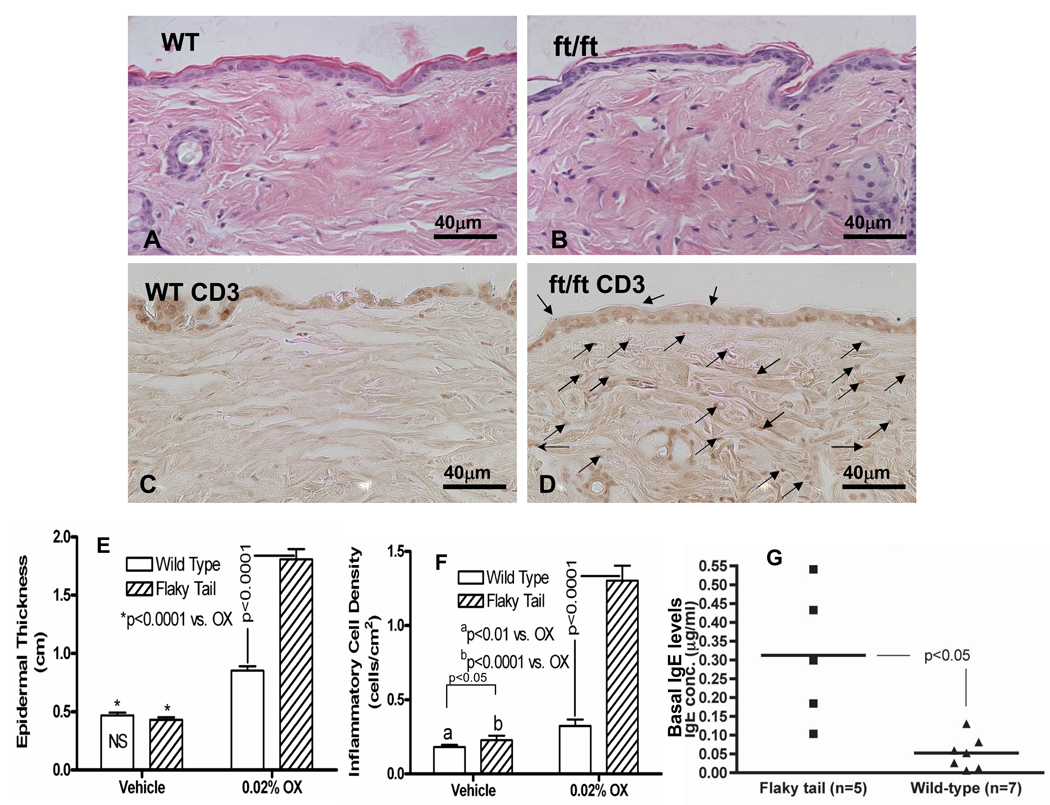Figure 5. Reduced Threshold for Development of AD-Like Inflammation in Response to Repeated Ox Challenges in Flaky Tail Mice.
Flaky tail (FT) and wild-type (WT) mice were sensitized to Ox, and then repeatedly challenged with a subthreshold concentration of Ox (0.02%) every other day to a shaved area of back skin for a total of 10 challenges. Under basal conditions, FT mice display low-grade inflammation (F, see also suppl. Fig. 3C vs. A). FT skin displayed much more prominent erythema, scaling and excoriations than does WT mouse skin (see text), a change that is associated with a modest inflammatory infiltrate (B vs. A & suppl. Fig. 3C), that was enriched in CD3+ dermal lymphocytes (D vs. C). Quantitative changes in epidermal hyperplasia and inflammation are shown in E&F. G: Serum IgE levels are significantly elevated in most flaky tail mice, even under basal conditions. Mag bars = 40 µm.

